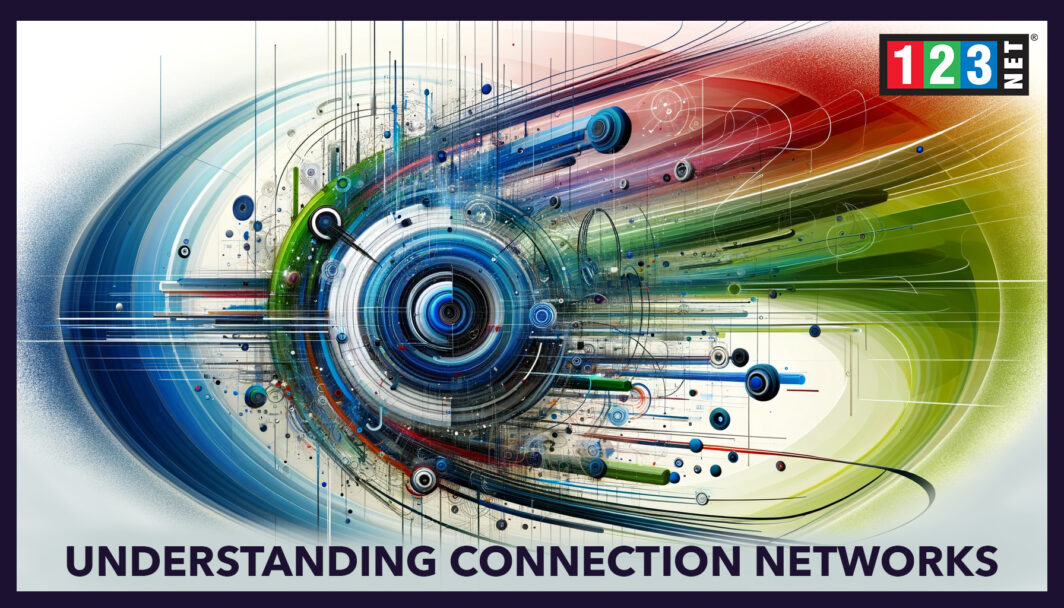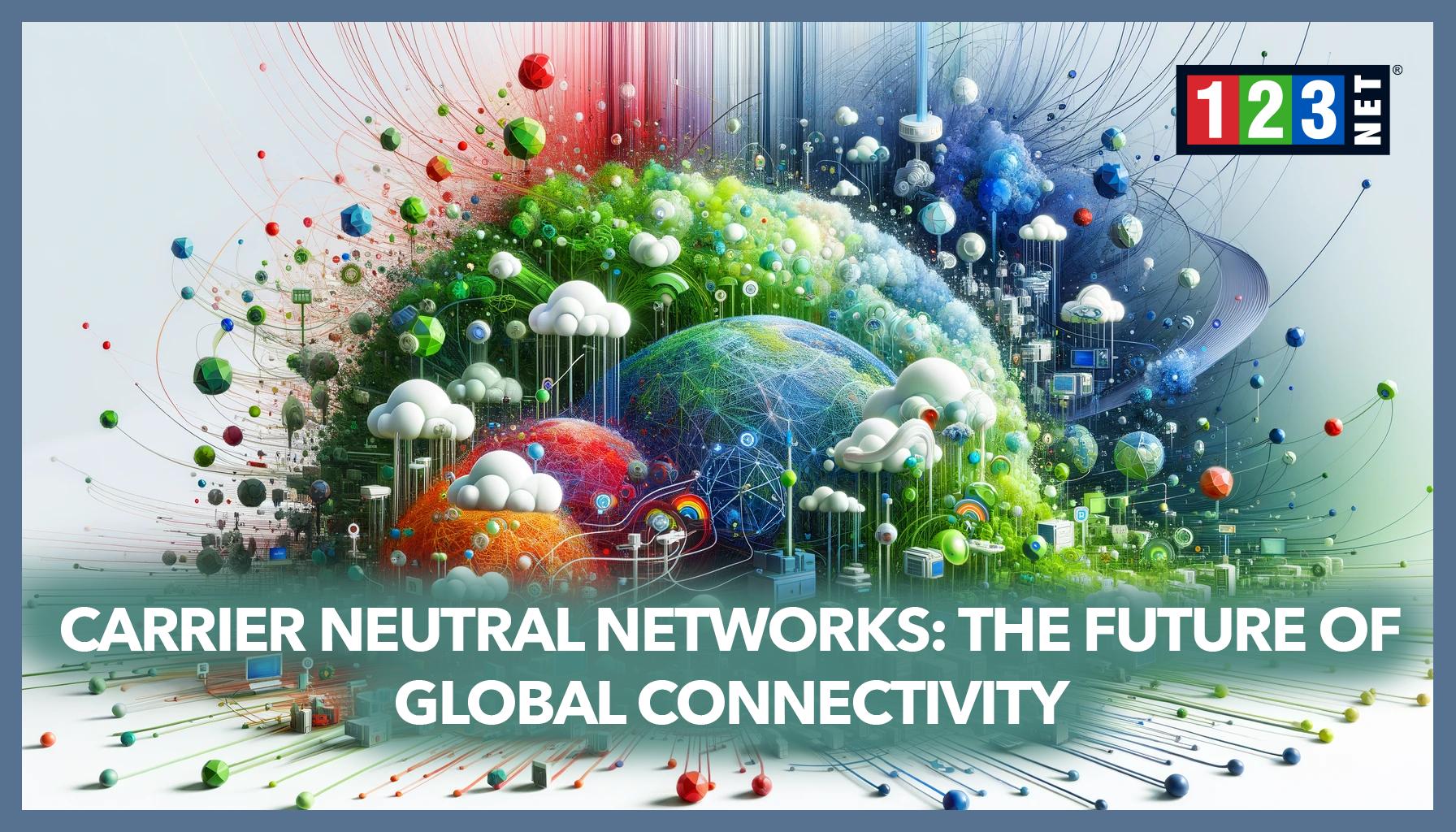
Introduction
Definition of Connection Networks Connection networks are the backbone of our digital world, comprising various types of networks that enable data transmission and internet connectivity. They range from traditional wired connections to advanced wireless networks, each with unique characteristics and applications.
Importance in the Digital Age In the digital age, connection networks are crucial. They facilitate everything from basic internet access to complex cloud computing solutions. The evolution of these networks has been pivotal in shaping how we work, communicate, and entertain ourselves, making them an indispensable part of modern life.
Types of Connection Networks
Cable Networks Cable networks use coaxial or fiber-optic cables to deliver broadband internet. They are known for their high-speed internet capabilities, making them a popular choice for residential and business users.
DSL Networks Digital Subscriber Line (DSL) networks provide internet through telephone lines. While not as fast as cable, they offer a reliable and widely available option for internet connectivity.
Fiber-Optic Networks Fiber-optic networks use light to transmit data at incredibly high speeds. They represent the cutting edge in network technology, offering unparalleled bandwidth and speed.
Satellite Networks Satellite networks provide internet connectivity via satellites orbiting the Earth. Ideal for remote areas, they are less dependent on terrestrial infrastructure.
Mobile Networks Mobile networks, including 3G, 4G LTE, and the emerging 5G networks, offer wireless internet connectivity. They are essential for mobile devices and are increasingly used for home internet.
Choosing the Right Connection Network
Factors to Consider When selecting a connection network, consider speed, reliability, and coverage. High-speed internet is crucial for activities like streaming and gaming, while reliability ensures consistent connectivity. Coverage is vital for accessing the network in your specific location.

Comparison of Different Network Types Comparing network types involves assessing their strengths and weaknesses. Cable and fiber-optic networks offer high speeds, making them ideal for bandwidth-intensive activities. DSL is more widely available but typically slower. Satellite networks cover remote areas but can be affected by weather. Mobile networks provide flexibility and are rapidly advancing in speed with 5G technology.
The Role of ISPs in Connection Networks
What is an ISP? Internet Service Providers (ISPs) are companies that provide individuals and businesses access to the internet. They play a critical role in the functionality and accessibility of connection networks.
Services Provided by ISPs ISPs offer various services, including internet access, web hosting, and email services. They may also provide additional services like television and telephone services.
How ISPs Affect Network Quality The quality of service from ISPs can significantly impact your internet experience. Factors like network optimization, bandwidth allocation, and data cap policies can affect speed and reliability. Choosing the right ISP is crucial for a satisfactory internet experience.
Connection Network Technologies
Evolution of Network Technologies Network technologies have evolved from basic dial-up connections to advanced broadband and fiber-optic networks. This evolution has been driven by the increasing demand for faster and more reliable internet.

Current Trends and Future Outlook Current trends include the expansion of 5G networks, increased adoption of fiber-optic technology, and advancements in satellite internet technology. The future outlook points towards even faster, more reliable, and more widely available internet connectivity.
Impact of Connection Networks on Businesses and Individuals
Remote Work and Online Collaboration Connection networks have enabled the rise of remote work and online collaboration, allowing businesses to operate efficiently regardless of geographical boundaries.
Streaming Services and Entertainment High-speed internet has revolutionized entertainment, with streaming services providing on-demand content, changing how we consume media.
Online Gaming and Virtual Reality Online gaming and virtual reality experiences rely heavily on fast and stable internet connections, which are made possible by advanced connection networks.
Security and Privacy in Connection Networks
Common Security Risks Connection networks face various security risks, including unauthorized access, data breaches, and cyber attacks. These risks can compromise sensitive information and disrupt services.
Best Practices for Safe Usage To mitigate these risks, it’s essential to implement best practices like using strong passwords, employing firewalls, and utilizing Virtual Private Networks (VPNs). Regularly updating software and being vigilant about online privacy are also crucial.
FAQs
What are the fastest types of connection networks? Fiber-optic networks are generally the fastest, offering speeds that can handle demanding tasks like high-definition video streaming and large file downloads.
How do I choose the best ISP for my needs? Consider factors like speed, cost, customer service, and any data caps. An FCC’s Broadband Speed Guide can provide valuable insights.
What are the emerging trends in connection network technologies? Emerging trends include the widespread rollout of 5G networks, increased use of cloud computing services, and ongoing improvements in network security and optimization.




